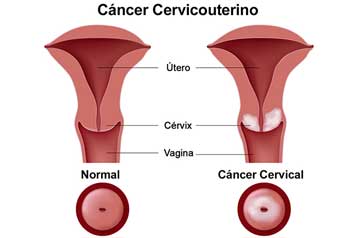Guideline for the Diagnosis
and Treatment of Diabetic Foot Infections
Foot infections are a common and serious problem in persons with diabetes. Diabetic foot infections (DFIs) typically begin in a wound, most often a neuropathic ulceration. While all wounds are colonized with microorganisms, the presence of infection is defined by ≥2 classic findings of inflammation or purulence. Infections are then classified into mild (superficial and limited in size and depth), moderate (deeper or more extensive), or severe (accompanied by systemic signs or metabolic perturbations).
This classification system, along with a vascular assessment, helps determine which patients should be hospitalized, which may require special imaging procedures or surgical interventions, and which will require amputation. Most DFIs are polymicrobial, with aerobic gram-positive cocci (GPC), and especially staphylococci, the most common causative organisms. Aerobic gram-negative bacilli are frequently copathogens in infections that are chronic or follow antibiotic treatment, and obligate anaerobes may be copathogens in ischemic or necrotic wounds.






